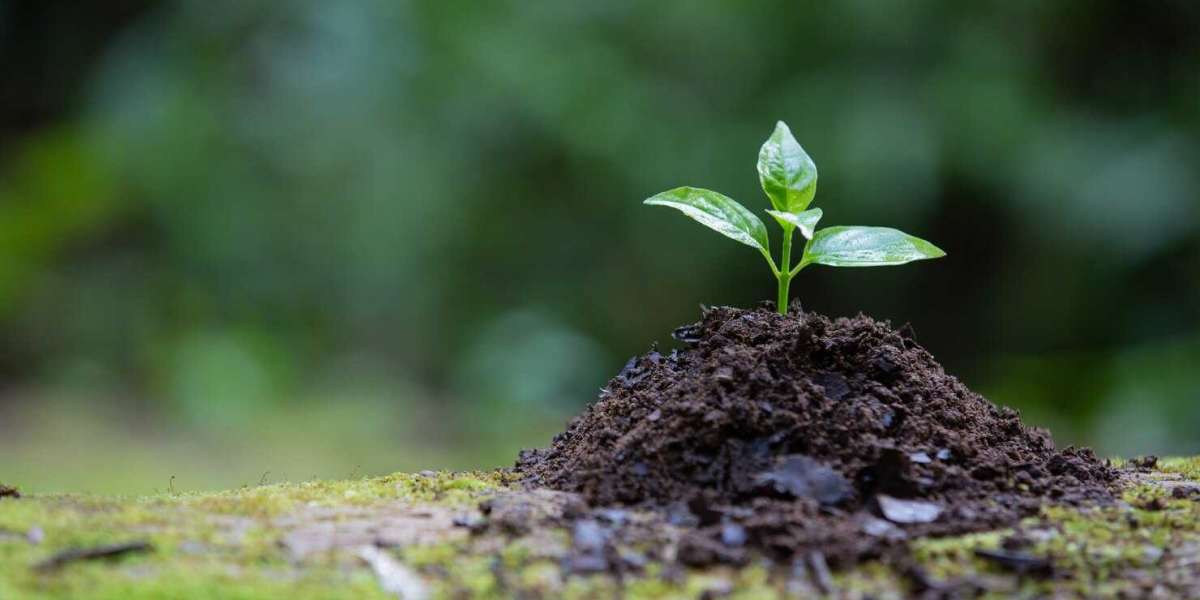Reforestation, the process of planting trees in deforested or degraded areas, is a crucial strategy for mitigating climate change, restoring biodiversity, and supporting local economies. However, the success of reforestation efforts is heavily influenced by climatic conditions. Different climates pose unique challenges, necessitating tailored approaches to ensure the survival and growth of new forests. This article explores the various obstacles faced in reforestation across diverse climatic zones and discusses strategies to overcome these challenges.

Tropical Climates
Challenges:
- High Rainfall and Soil Erosion: Tropical regions often experience intense rainfall, which can lead to soil erosion. This erosion removes the topsoil, which is vital for the growth of young trees.
- Pests and Diseases: The warm, humid conditions of tropical climates are ideal for a variety of pests and diseases that can decimate young saplings.
- Biodiversity Competition: High biodiversity means intense competition for resources such as light, water, and nutrients among various plant species.
Overcoming Obstacles:
- Erosion Control Measures: Implementing erosion control techniques, such as constructing terraces or planting cover crops, can help stabilize the soil. Using mulch and organic matter can also protect the soil and retain moisture.
- Integrated Pest Management: Employing a combination of biological, physical, and chemical pest control methods can reduce the impact of pests and diseases. Planting a mix of tree species can also reduce the spread of diseases.
- Selective Planting: Choosing tree species that are well-adapted to the local conditions and have fast growth rates can help them outcompete weeds and other competing vegetation.
Arid and Semi-Arid Climates
Challenges:
- Water Scarcity: Limited rainfall and high evaporation rates create a significant challenge for tree survival.
- Poor Soil Quality: Soils in arid regions are often nutrient-poor and have low organic matter, which can inhibit tree growth.
- Extreme Temperatures: High daytime temperatures and significant temperature variations between day and night stress young trees.
Overcoming Obstacles:
- Water Conservation Techniques: Using water-efficient irrigation methods such as drip irrigation can ensure that young trees receive adequate water. Rainwater harvesting and the use of water-retaining polymers in the soil can also improve water availability.
- Soil Improvement Practices: Adding organic matter, such as compost or manure, can enhance soil fertility. Planting nitrogen-fixing plants can also improve soil quality over time.
- Shade and Mulch: Providing shade for young trees using artificial structures or planting fast-growing nurse plants can protect them from extreme temperatures. Mulching can help retain soil moisture and moderate soil temperature.
Temperate Climates
Challenges:
- Seasonal Temperature Fluctuations: Temperate regions experience significant seasonal changes, with hot summers and cold winters, which can be challenging for young trees.
- Pests and Invasive Species: Temperate climates can harbor a range of pests and invasive species that compete with or damage native tree species.
- Human Activity: Urbanization, agriculture, and other human activities can encroach on reforested areas and disrupt ecosystem restoration efforts.
Overcoming Obstacles:
- Seasonal Planting Strategies: Timing planting efforts to coincide with favorable weather conditions, such as spring or fall, can help improve tree survival rates. Protecting young trees during extreme weather with shelters or anti-frost devices is also beneficial.
- Pest and Invasive Species Management: Monitoring and controlling pest populations through integrated pest management strategies can protect reforested areas. Removing invasive species and restoring native plant communities can help reestablish ecological balance.
- Community Engagement: Involving local communities in reforestation projects can help mitigate human impacts. Educational programs and incentives for conservation can foster a culture of environmental stewardship.
Boreal and Polar Climates
Challenges:
- Cold Temperatures and Short Growing Seasons: Boreal and polar regions have cold climates with short growing seasons, which limit the time available for trees to grow.
- Permafrost: In many boreal and polar areas, the presence of permafrost can restrict root growth and water infiltration.
- Low Soil Fertility: These regions often have nutrient-poor soils, which can hinder tree growth.
Overcoming Obstacles:
- Cold-Hardy Species: Selecting tree species that are adapted to cold temperatures and have a short growing season can improve the success of reforestation efforts. Species such as black spruce and Siberian larch are examples of trees that thrive in boreal climates.
- Site Preparation: Techniques such as mounding or trenching can improve soil conditions and create microenvironments that enhance tree growth. These methods can help thaw permafrost areas and improve drainage.
- Nutrient Additions: Applying fertilizers and using organic mulches can enhance soil fertility and provide the necessary nutrients for tree growth. Planting nitrogen-fixing shrubs alongside trees can also help improve soil conditions.
Mediterranean Climates
Challenges:
- Summer Droughts: Mediterranean regions are characterized by hot, dry summers and mild, wet winters. Prolonged summer droughts can stress young trees.
- Wildfires: The dry conditions in summer increase the risk of wildfires, which can destroy reforested areas.
- Soil Degradation: Erosion and soil degradation are common due to the seasonal rainfall patterns and human activities such as agriculture and urbanization.
Overcoming Obstacles:
- Drought-Resistant Species: Choosing tree species that are adapted to dry conditions, such as Aleppo pine and cork oak, can improve reforestation success. These species are better able to withstand prolonged periods without water.
- Fire Management: Implementing fire management strategies, such as creating firebreaks and using controlled burns, can reduce the risk of wildfires. Planting fire-resistant tree species can also help mitigate fire damage.
- Soil Conservation Practices: Techniques such as contour plowing, terracing, and planting cover crops can reduce soil erosion and improve soil health. Incorporating organic matter into the soil can also enhance its structure and fertility.
General Strategies for Overcoming Reforestation Challenges
- Research and Planning: Conducting thorough research and planning before initiating reforestation projects is crucial. Understanding the local climate, soil conditions, and ecosystem dynamics can inform the selection of appropriate tree species and reforestation techniques.
- Community Involvement: Engaging local communities in reforestation efforts can enhance project success. Community involvement can provide valuable local knowledge, ensure ongoing maintenance, and foster a sense of ownership and responsibility.
- Monitoring and Adaptation: Regular monitoring of reforested areas is essential to assess the health and growth of trees. Adaptive management practices, such as adjusting planting techniques and addressing emerging threats, can help overcome challenges and improve outcomes.
- Diversified Planting: Planting a diverse mix of tree species can enhance ecosystem resilience. Biodiversity increases the chances that some species will thrive even if others fail, providing stability and supporting a wider range of wildlife.
- Financial and Technical Support: Securing adequate funding and technical support is vital for the long-term success of reforestation projects. Governments, NGOs, and private sector partnerships can provide the necessary resources for comprehensive reforestation efforts.
Conclusion
Reforestation is a powerful tool for combating climate change, restoring ecosystems, and supporting biodiversity. However, the success of reforestation initiatives is highly dependent on the ability to navigate the challenges posed by different climatic conditions. By employing tailored strategies that address the specific obstacles of each climate zone, it is possible to enhance the survival and growth of new forests. Through careful planning, community involvement, and adaptive management, reforestation projects can overcome climatic challenges and contribute to a healthier, more sustainable planet.
Let’s Get Connect
Name: Mana Tahuna
Address: 5 Sutherland Lane, Frankton, Queenstown 9300, New Zealand
Phone: +64 21 860 393







